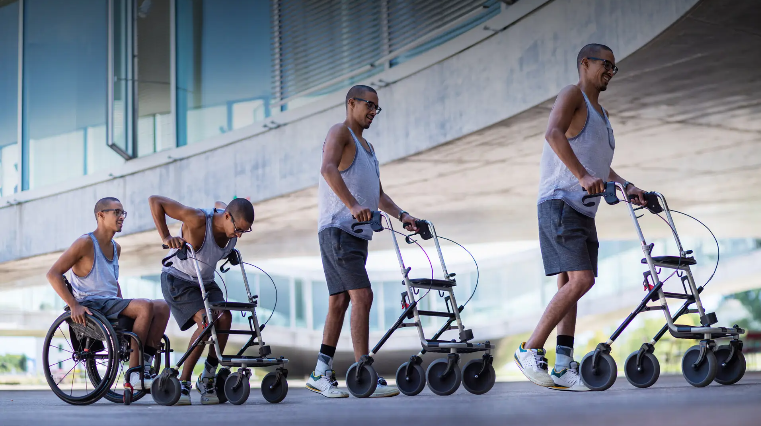Back and neck pain can be debilitating, significantly impacting your quality of life. If conservative treatments like physical therapy, medication, or spinal injections haven’t worked, you might be considering surgical options. One increasingly popular and…
Deep brain stimulation (DBS) targeting the brain’s lateral hypothalamus has been shown to restore walking abilities in patients with spinal cord injury (SCI). An SCI interrupts communication between the brain and the spinal cord, leading to varying degrees of paralysis. However, recent research suggests that the lateral hypothalamus (LH), a brain region primarily associated with functions like arousal and feeding, plays a vital role in regaining mobility.
Researchers at the École Polytechnique Fédérale de Lausanne (EPFL) and Lausanne University Hospital have developed a detailed brain atlas that maps neurons active in walking recovery. Unexpectedly, this mapping revealed the LH’s significance in locomotion, a role that has not been traditionally recognized. The scientists found that glutamatergic neurons in the LH are crucial for improving walking ability after incomplete SCI by reconfiguring spinal cord projections and enhancing motor recovery.
Building upon these discoveries, the research team implemented a pioneering DBS therapy aimed at the LH. Early results from animal models indicated that DBS not only immediately improved walking capabilities but also led to lasting recovery by strengthening existing neural pathways over time. Following these encouraging outcomes, a pilot clinical trial was initiated involving two participants with incomplete SCI. Both individuals experienced immediate and sustained mobility improvements, even after the stimulation was turned off, highlighting the therapy’s efficacy.
One participant, having been confined to a wheelchair for over a decade due to a skiing accident, reported significant progress. After undergoing DBS, the participant regained the ability to take steps, a profound change that enhanced their independence in daily activities. This case illustrates the therapy’s transformative impact on quality of life for those with SCI.
The DBS procedure involves the precise implantation of electrodes in targeted brain regions to regulate neural activity. While this method has been utilized for treating various neurological disorders, its application in restoring walking abilities in SCI patients is unprecedented. By focusing on the LH, researchers are tapping into an uncharted neural pathway essential for locomotor recovery.
The findings regarding the LH represent a significant milestone in neuroscientific research, indicating that this once-overlooked region plays a central role in activating spinal cord-projecting neurons. This new understanding challenges traditional conceptions of motor control and highlights the brain’s remarkable capacity for adaptation.
Advanced imaging technologies have been pivotal in this research, providing high-resolution maps of neuronal activities necessary for identifying the LH’s role in walking. These tools have allowed researchers to make groundbreaking discoveries that may lead to novel treatment strategies for SCI.
Beyond immediate enhancements in mobility, DBS therapy reorganizes residual neural pathways, suggesting that this approach fosters long-lasting changes within both brain and spinal cord networks. Future research aims to explore the combination of DBS with existing spinal implants, potentially creating a more comprehensive recovery strategy for SCI patients.
The success of the DBS technique relies on precise surgical implementation and active patient engagement during the procedure. By utilizing advanced imaging, the neurosurgical team was able to navigate electrode placement accurately, receiving real-time feedback from patients. Such immediate responsiveness during surgery validated the approach and reinforced the critical functions of the LH in mobility recovery.
Despite these promising results, further research is crucial to establish the safety and broader efficacy of applying DBS to the LH. Ongoing investigations are examining potential impacts on factors such as body weight, hormonal influence, psychological health, and autonomic functions. As research progresses, there will be a heightened focus on refining treatment protocols and expanding the applications of DBS therapy for other types of paralysis.

